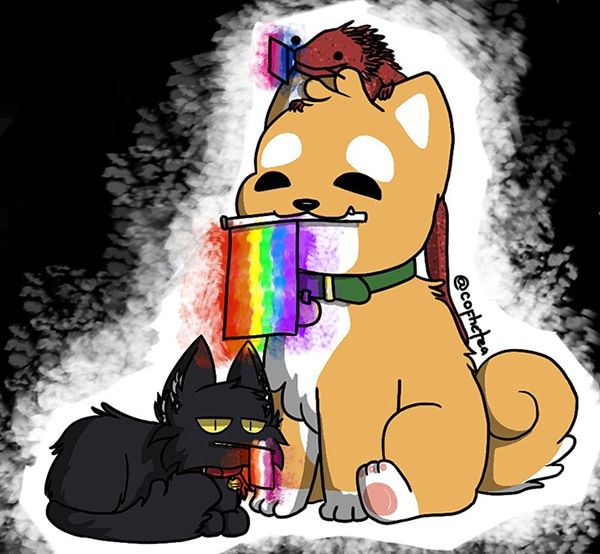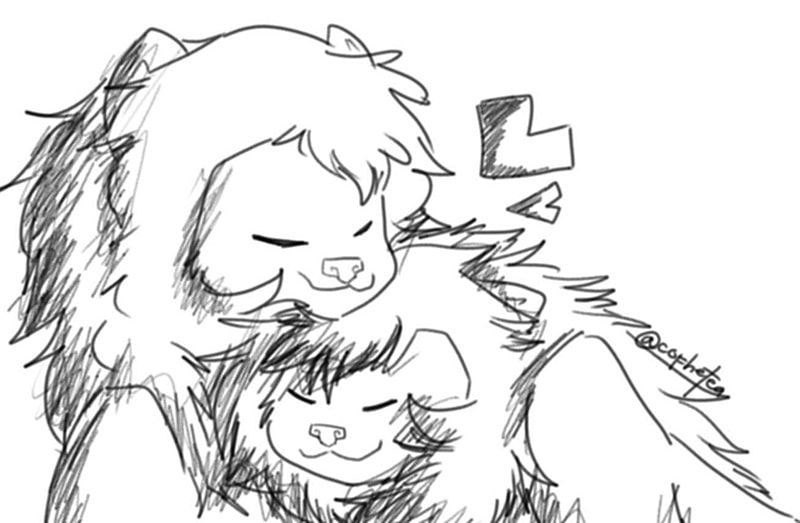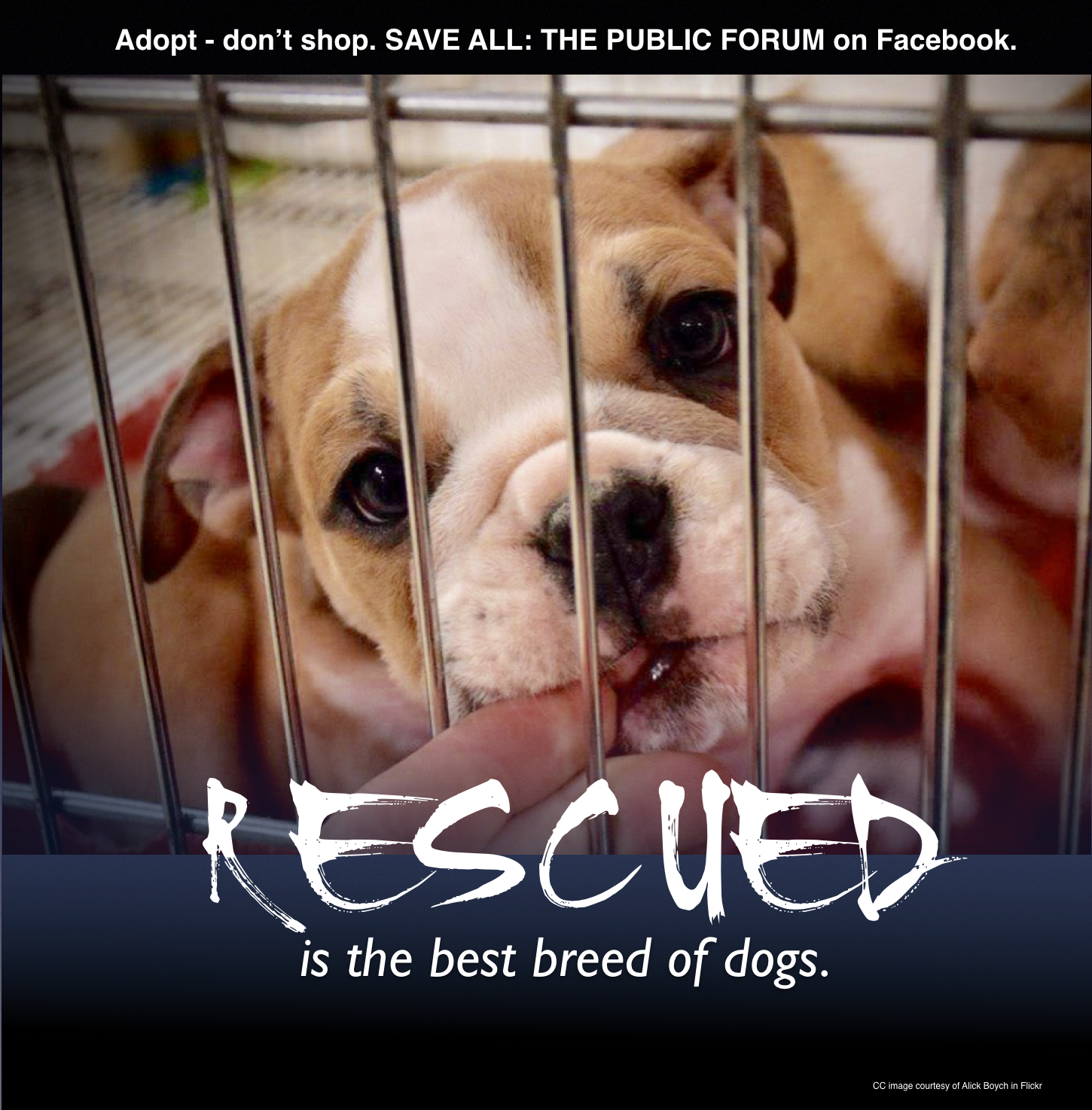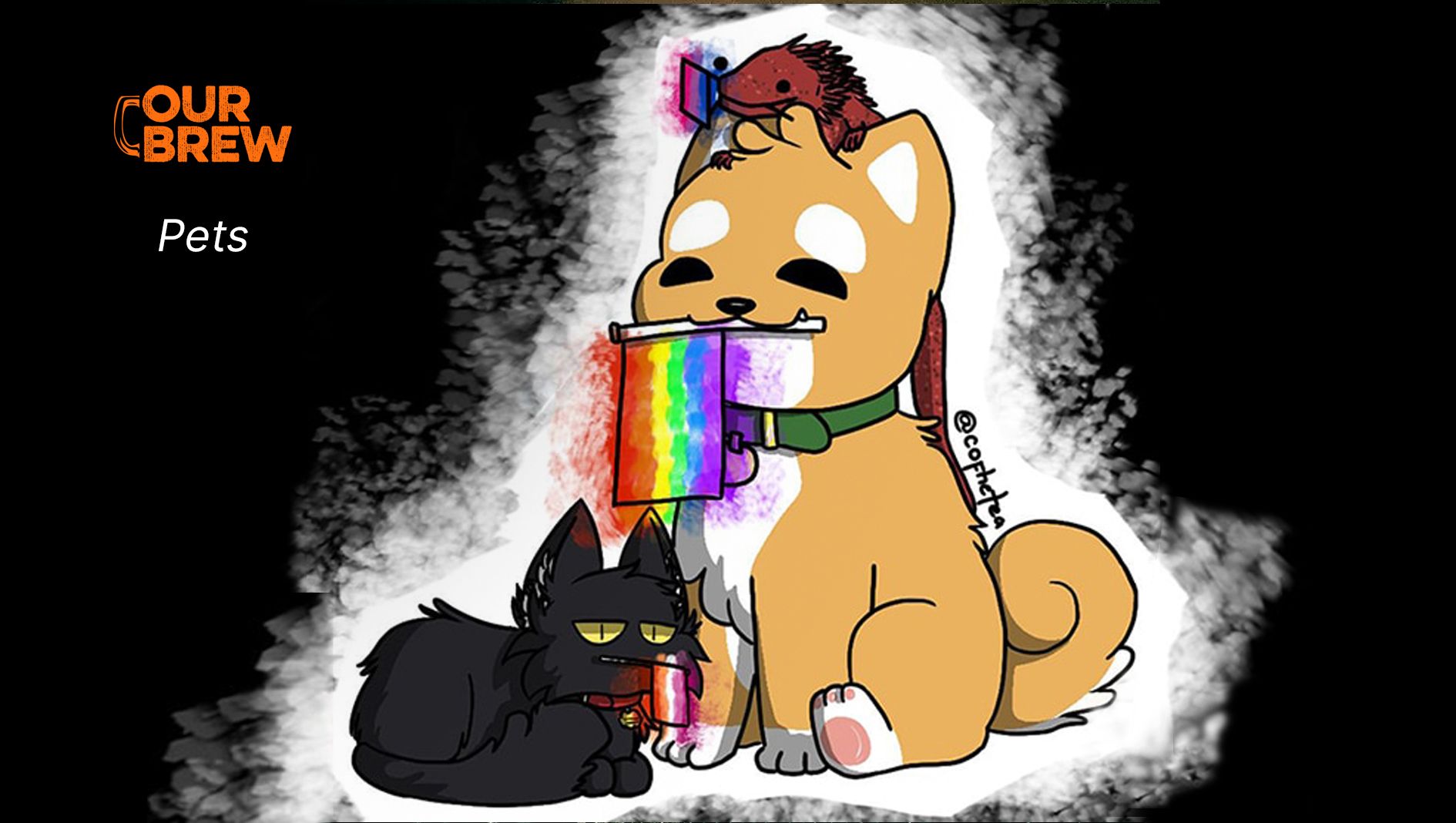by Mariana Burgos
When I was a kid, we had a male cat who refused to have a female companion. His testicles were extremely small despite the fact that he had never been neutered. It didn’t seem right. We dubbed him ‘Hang Ten’ after the clothes company. I’m not sure how we came up with the nickname for him, but he quickly became accustomed to hearing it.

He was a loving cat. But he enjoys “making lambing-lambing” (showing affection) with any male species in the house, be it a person, a cat, or a dog. We discovered he was a gay cat in this manner. All of our other pets, on the other hand, seem to react to him in an ‘awkward’ but tolerable way.
We have had several pets in the past who appeared to have gay or lesbian characteristics. When they insist on indulging in sexual activities with our other ‘straight’ pets, the ‘straight’ ones get annoyed. However, they are rarely troubled by them.
The homosexual pets that we had either grew old single or eventually mated with the opposite sex. For most of them, it turned out to be simply a phase they were going through. Rarely did we have a spinster or bachelor for life for a pet in the family. Although, nowadays, our pets (especially those with families in urban areas) don’t really have a choice, do they?
Several non-human animal species display homosexual or bisexual behaviour. Same-sex animal pairings may engage in sexual activity, courtship, affection, pair bonding, and parenthood. This can be seen in various forms in every major geographic region and animal group. Non-human animals’ sexual activity can take various forms, even within the same species; however, gay conduct is most well-known in social animals.
Although hundreds of animal species have been documented to have same-sex encounters including genital contact, just a handful, including humans, do so on a regular basis.
The ‘homosexual’ term
Behaviour is constantly used to infer animal preferences and motivations. In the case of wild animals, researchers will almost always be unable to map an individual’s whole existence. They will have to make assumptions based on the frequency of single behaviour observations. When an animal demonstrates homosexual or even same-sex sexual conduct, it is correctly referred to as homosexual. In most cases, homosexual conduct is assumed to constitute a minor component of the animal’s overall sexual behavioural repertoire, hence classifying the animal as “bisexual” rather than “homosexual” as the terms are typically understood in humans.
In 1868, the Hungarian writer and campaigner Karl Maria Kertbeny invented the term homosexual to describe same-sex sexual desire and conduct. Its usage in animal studies has been contentious for two reasons: animal sexuality and driving factors are poorly understood and remain so, and the term has strong cultural connotations in Western civilization that are irrelevant to animals other than humans. As a result, gay activity has been labelled with a variety of names across time. According to Bruce Bagemihl, the term homosexual is favoured above gay, lesbian, and other terms now in use when describing animals because these are perceived as even more linked to human homosexuality. (Wikipedia, Homosexual Behavior in Animals, 18 June 2022)
Basis of homosexual behaviour

With regards to the physiological basis, researchers in the field have yet to agree on a definitive physiological explanation or justification for gay behaviour in animals. Various researchers believe that different quantities (either higher or lower) of sex hormones in the animal, as well as the size of the animal’s gonads, play a direct effect on the animal’s sexual behaviour and desire. Others contend that when comparing animals of a single species that exhibit homosexual behaviour exclusively to those that do not, there is no evidence to support these conclusions. In the end, both theories have empirical support from large-scale endocrinological research.
Research investigations into the genetic and neurological origins of homosexuality features in animals have revealed possible but not conclusive causes.
The establishment of bonds and mutual social benefit to animals is one suggestion for the adaptive role of homosexual conduct. Studies show that these M-M pairs are extremely successful at defending their territory and resources, and they keep their offspring alive for 80 per cent of the time, compared to only 30 per cent for M-F pairs.
Studies on homosexual behaviour in birds revealed a negative relationship between relative parental investment and F-F homosexual behaviours, indicating that females that invested more time and care in their young compared to males had fewer homosexual encounters. According to the study, releasing children from parental care, which is a very energy-intensive investment, permits homosexual behaviours to be displayed, while higher parental care inhibits homosexual behaviours from occurring due to the energy cost of the behaviours. (Wikipedia, Homosexual Behavior in Animals, 18 June 2022)
Another theory is that homosexuality is a stage in a person’s development. Robin Dunbar is an evolutionary psychologist at the University of Liverpool in the United Kingdom. “This is comparable to the idea of play in young animals to get their brain and muscles to operate properly and together, and there’s a potential that as a result of the social milieu they grow up in, you might get individuals trapped into this phase for the rest of their life,” he said. He does clarify, though, that homosexuality does not have to serve a purpose. It could be a side effect or byproduct of something else, with no evolutionary significance. (James Owen, Homosexual Activity Among Animals Stirs Debate, 23 July 2004)
Up to this point in time, nobody knows what truly causes homosexuality among humans or with non-human animals.
It’s difficult not to draw parallels between humans and other animals, particularly primates, whether it’s an idea to naturally accept or not. The fact that homosexuality does exist in nature will almost certainly be used against those (people) who argue that such behaviour is “unnatural and should not be tolerated”. Thus, justifying the act of such groups of people with their discrimination towards such individuals or species. But in the animal world, as I have said above, this (homosexuality) is not really a big deal to them. Some species of animals even see it as more beneficial for them than not.
So, yet again, animals seem to have more to teach humans on ‘harmonious relations’ rather than the other way around.
About the Author: About the Author: Mariana Burgos is a freelance artist. She is a solo parent for 15 years now because she is wife to a desaparacido. She and her daughter are animal lovers and are active in advocating not only human rights but the rights of animals as well.
This article also appears in the Manila Standard

If you liked what you just read and want more of Our Brew, subscribe to get notified. Just enter your email below.


Related Posts
Understanding Pets With Special Needs
Mar 03, 2025
Can Cats Eat Basil Leaves?
Feb 20, 2025
The Right Way to Pick Up, Hold, and Carry Your Dog
Feb 17, 2025